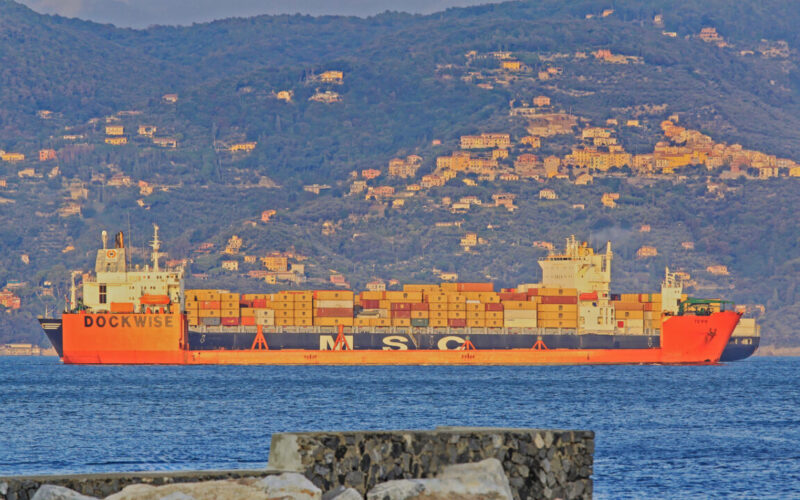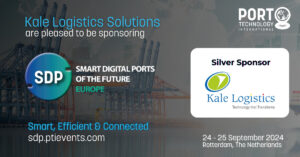Sea-Intelligence has presented a full review of the new shipping networks in issue 682 of the Sunday Spotlight, with a focus on the number of different port pairings between Asia-North America and Asia-Europe.
The Gemini Cooperation, Premier Alliance, and Mediterranean Shipping Company (MSC) have all unveiled their 2025 networks.
OCEAN Alliance has yet to declare the 2025 network, and considering that the alliance structure remains constant, Sea-Intelligence expects very minimal network alterations for them.
Figure 1 depicts the number of different port pairs supplied by each alliance on the Asia-North America and Asia-Europe routes.
Sea-Intelligence clarified that the term ‘distinct’ implies that a single port-pair, even if available on several services, is counted just once.
READ: The future of shipping alliances
Alan Murphy, CEO of Sea-Intelligence, said: “It is not surprising to see Gemini offer far fewer direct port-port pairs, as this is a direct result of a deliberate network design strategy by the alliance, with their greater focus on shuttles.
“On Asia-Europe, MSC clearly will be offering the most direct port-port combinations, followed by OCEAN Alliance, and Premier Alliance. On Asia-North America, MSC and OCEAN Alliance both offer the same level of direct connectivity, however, Ocean Alliance has a higher call frequency on the port pairs they offer.
“From a shipper perspective, Asia-Europe has some very different service concepts to choose from, with MSC offering three and a half times more direct connections than Gemini. On Asia-North America, there is a high level of competitive pressure from MSC and OCEAN Alliance in offering direct connections, while Gemini is following an entirely different strategy.”
READ: OCEAN Alliance extended until 2032
The Danish research firm also analysed the level of competition across the ports served directly.
On both trades, a single alliance offers half of the direct port pairs, providing that alliance with a distinct product.
In contrast, all four alliances offer 5-14 per cent of direct port pairs, putting substantial competitive pressure on those ports.









